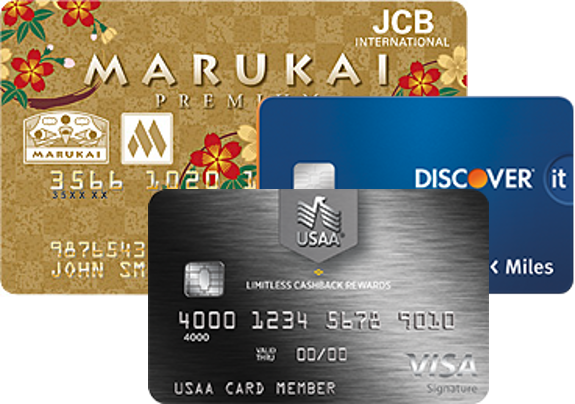Which credit card should you use to maximize rewards? In general, if you’ve signed up for a credit card recently and need to meet minimum spend requirements in order to get a big signup bonus, then use that one. Or, if you have a card that earns terrific rewards for within the category of spend you need to make, then use that one. Or, if you are working towards a big spend bonus on a particular card, then use that one.

What if none of the above are true? Perhaps, for example, you want to pay your taxes with a credit card and you want to earn the most rewards possible. And let’s assume that you’re not working on meeting minimum spend requirements or on hitting a big spend target. What card should you choose?
Yesterday, I updated the resource page, Best Rewards for Everyday Spend. I calculated the % rebate earned by a variety of cards, after making several assumptions. For one, I assumed a total of $30,000 per year spend. That assumption was necessary for calculating the percent rebate on the Marukai Premium JCB card which has tiered earnings that increase with more spend. And, on all cards with an annual fee, I used that assumption to estimate average rewards after accounting for the annual fee. For example, if a card earns 2% rewards, but has a $60 annual fee, then I would calculate average rewards as: ($30,000 x .02 – $60) / $30,000 = 1.8%. With cards that earn points rather than cash back, I used my Reasonable Redemption Values.
These calculations revealed that great cards for everyday spend include the Marukai Premium JCB Card, Discover It Miles (first year only), Amtrak Guest Rewards Platinum Mastercard (but only if you’re a frequent Amtrak traveler), BankAmericard Travel Rewards with Platinum Honors Preferred Rewards, USAA Limitless Cashback Rewards, and more. Please check out the Best Rewards for Everyday Spend page for a full list of cards that earn better than 2% rewards.
Using the annual fee in the calculation is a useful way to show the advantage of low-fee or no-fee cards, but it isn’t a great solution for everyone. For example, you may value a card’s perks enough to pay the annual fee and so you would not want to consider the fee as part of the spend per dollar rebate. Plus, of course, my Reasonable Redemption Values are very rough estimates of the amount of value that you are likely to get. So, you may want to enter your own assumptions. Most of the calculations for the Best Rewards for Everyday Spend page can be found in this Google Docs Spreadsheet. If you would like to change assumptions or calculations, or limit the list to cards you have, open the spreadsheet, click File… Make a Copy…. Then go for it. Not all cards in the world are in the list, but most popular rewards cards should be there.


I love the Marukai card too, but you really should mention, as you do on your other page, that the Marukai card is only available to people living on the West Coast. Also, although JCB cards should work anywhere Discover cards work, that is not always the case.
Doesnt JCB also have tiny CL and tiers reset monthly?
I purposely left the info on this page vague because it was really intended just to let readers know that the Best Rewards for Everyday Spend page has been overhauled and you should go there for info.
I love my JCB card. Just completed a spend $1000 in 15 days, get $100 bonus. That’s 13% total rebate, baby!
The only downside is lack of merchants who accept in USA, but that # seems to be increasing.
You can earn ~4% everywhere with the Paypal debit card (1% back) with ebay backup funding option. So far no trouble earning 1% on all purchases and then 3X on ebay card that can often be redeemed for bonused giftcards.
You can earn 3 points + 1% using this method. The points are worth 0.83 cents each (for cash) yielding 3.49% cash back (you can get 4% if you are willing to use points for the small selection of gift cards promoted each month instead of cash). This is limited to 50,000 points maximum per year which equates to $16,666 in spend.
I think 1% on paypal debit is only for pin transaction. Which ebay credit card you are referring here?
The fatal flaw is to “assume that you’re not working on meeting minimum spend requirements or on hitting a big spend target.” If that’s the case then you’re either a very high spender or you’re too conservative a churner.
If you have investment accounts with Merrill Lynch, you get 75% Rewards Bonus on BoA travel card which gets you to 2.625% with no annual fee. Again, you are going to pay fees on the Merrill side but I just have my IRA there and do not do any extensive trading. Best deal I have found on all use credit card. I then use Sapphire Reserve for all travel (airfare, taxi, train), hotels and dining to get 3%. Makes it easy just having 2 cards for everything!
What are your ML expense ratios?
You can invest in anything. Buy Vanguard’s Total Market Index VTI and you’ll pay 0.05%, like you would at any brokerage. Trades will be free once you have $50k in.